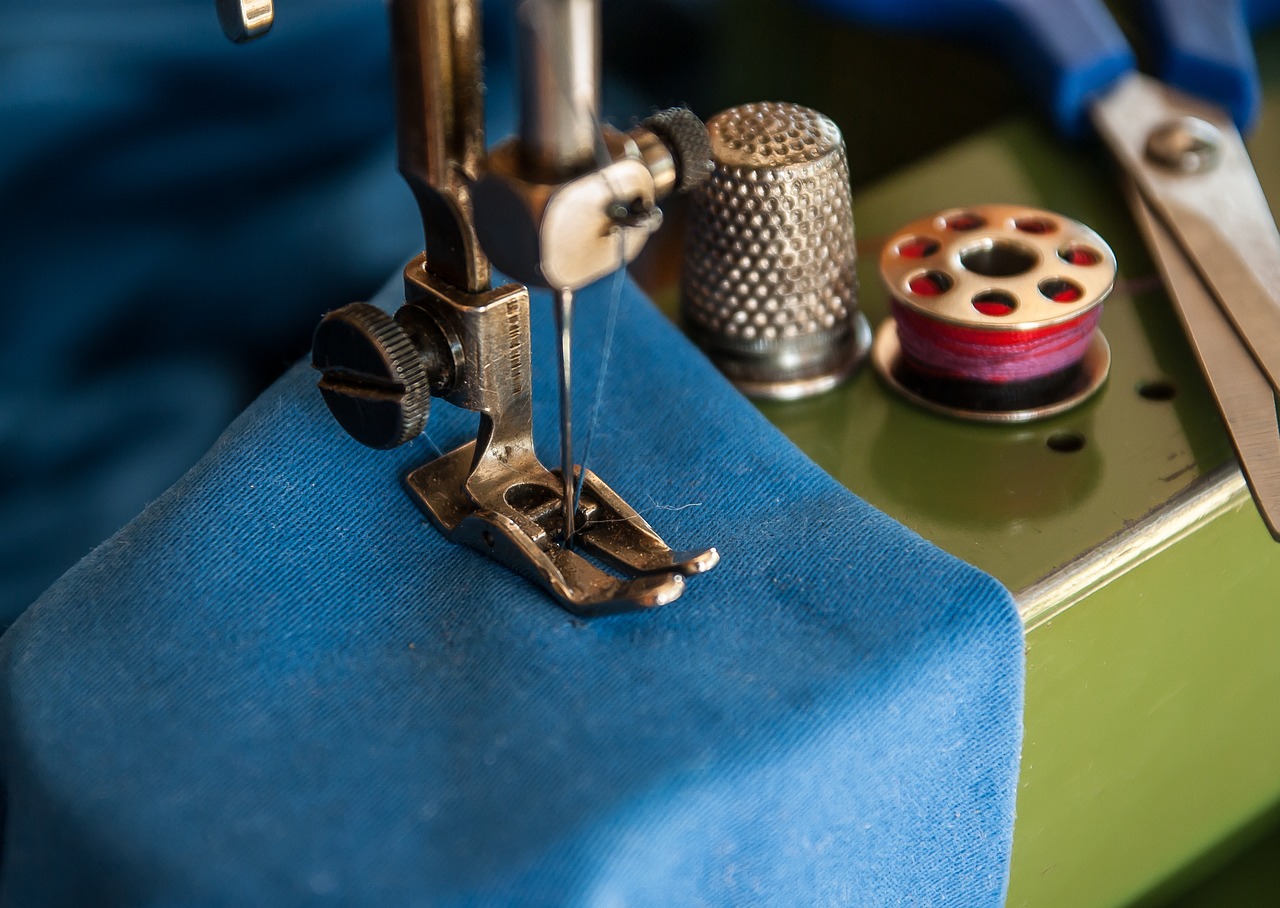DIY Fashion: Techniques for Upcycling and Customizing Your Clothing
In a world of fast fashion and mass-produced garments, there’s a growing movement towards embracing a more sustainable and personalized approach to style. Enter the realm of DIY fashion, where your creativity knows no bounds. Upcycling and customizing your clothing not only contribute to a more sustainable wardrobe but also allow you to express your unique style. The 와우 레플리카 luxury clothing is always in demand. However, with upcycling and customizing, you can create one-of-a-kind pieces that truly reflect your personality. Join us on a journey of self-expression and eco-conscious fashion as we explore techniques for breathing new life into your wardrobe.
Embracing the Thrifted Treasures
Thrifting is a treasure hunt waiting to happen. Dive into thrift stores and discover pre-loved pieces with potential. Look beyond the initial appearance; focus on fabric, structure, and potential for transformation. Thrifted items serve as a canvas for your creativity, providing a sustainable and affordable starting point for your DIY fashion endeavors. Plus, purchasing secondhand clothing helps reduce textile waste and supports a circular economy.
Reviving Old Denim With Style
Old jeans with a few tears? Turn them into a patchwork masterpiece. Cut out patches from other denim pieces, funky fabrics, or even old band t-shirts. Sew or iron them onto your jeans for a trendy and personalized look. Patchwork not only adds character but also extends the life of your denim, contributing to a more sustainable wardrobe. Don’t limit yourself to just jeans; try out this technique on denim jackets, shorts, and even bags.
Creating Unique Prints With Bleach
Bleach is a versatile tool for creating custom designs on clothing. With some bleach, water, and a spray bottle, you can achieve various effects, such as tie-dye or stenciled patterns. Experiment with different fabrics and colors to create unique and one-of-a-kind prints. Not only is this technique an affordable way to customize your clothing, but it also helps reduce the environmental impact of traditional printing methods.
Sewing Skills for Customized Fits
Basic sewing skills are a game-changer when it comes to DIY fashion. With some simple alterations, you can transform ill-fitting or outdated pieces into perfectly tailored garments. Learn how to hem, take in, or let out seams, and add darts for a more flattering fit. This not only allows you to customize your clothing to your body shape but also reduces the need for constant shopping and contributes to a more sustainable wardrobe.
Thinking Outside the Box With Embroidery
Embroidery is a versatile and timeless way of adding a personal touch to your clothing. From intricate designs to simple monograms, embroidery allows you to express yourself in a unique and artistic way. You can also use embroidery to cover up stains or holes on your clothing, giving them new life and reducing the need for replacements. Get creative with different threads, stitches, and placement for endless possibilities.
Incorporating Sustainable Materials
When sourcing materials for your DIY fashion projects, consider using sustainable alternatives such as organic cotton, recycled fabrics, and even natural dyes. These options not only reduce the environmental impact of traditional textile production but also add a unique element to your designs. Get creative with these materials and explore new techniques, such as shibori or batik, to elevate your DIY fashion game.
In Conclusion
DIY fashion is not just about revamping clothes; it’s about self-expression and sustainability. Each stitch, patch, or splash of color is a brushstroke on the canvas of your wardrobe, turning everyday items into unique and meaningful creations. Embrace the joy of DIY fashion, and let your creativity run wild. The beauty of upcycling and customizing lies not only in the finished product but also in the journey of self-discovery and the satisfaction of knowing that your style is as unique as you are.…

